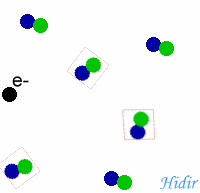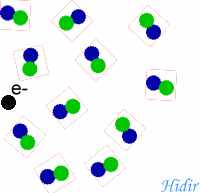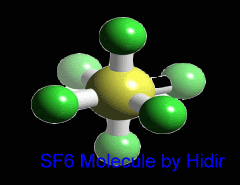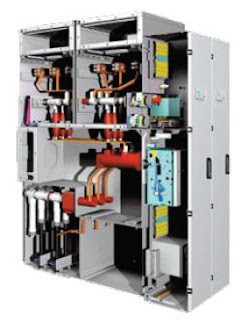In current power industry nowadays, High Voltage Apparatus with gas (SF6) insulation is the main player. Nearly all new main intake substations are using Gas Insulated Switchgears (GIS). It seems that a lot of people in the industry tends to think that GIS is better than liquid insulated switchgears. There are some who feels that liquid insulated switchgears are already obsolete and GIS is the way of the future. I have asked some of my colleague on which is the better insulation between SF6 and oil. Not suprisingly all of them says SF6 has better insulation capability than oil.
 |
| My Staff filling up the Transformer Insulation Oil into On Load Tap Changer Chamber |
However this is not true. In the previous post in Gas Insulation, Paschen's Law states that the breakdown voltage is the function of pressure multiply by distance of gap (Vs=f(p x d). ). We know that liquid is denser than gas which means that liquid has more pressure. When we relate this with Paschen's Law, it is proven that liquid acts as a far better insulation than gas. Liquid also quench the arc faster than gas and has the capability to dissipate the heat better than gas.
The picture above shows the movement of electron from cathode to anode in two different types of insulation. In gas insulation medium, the distance between molecules of the gas is wide apart so electron can move easily. So avalanche can easily occur which in turn will create insulation breakdown. However in liquid insulation medium, the configuration of molecules is very near and the number of molecules are much higher than in gas insulation medium. This means that liquid is much denser than gas and leave a little space for electron to move.
The concept is as same as when you are speeding on a highway like a Mat Rempit. If there are a lot of cars on the highway, you cannot ride your motorcycle very fast. But if there are only two or three cars on the highway, then you can speed like the highway is owned by your father. A word of advice, please ride and drive carefully.





















